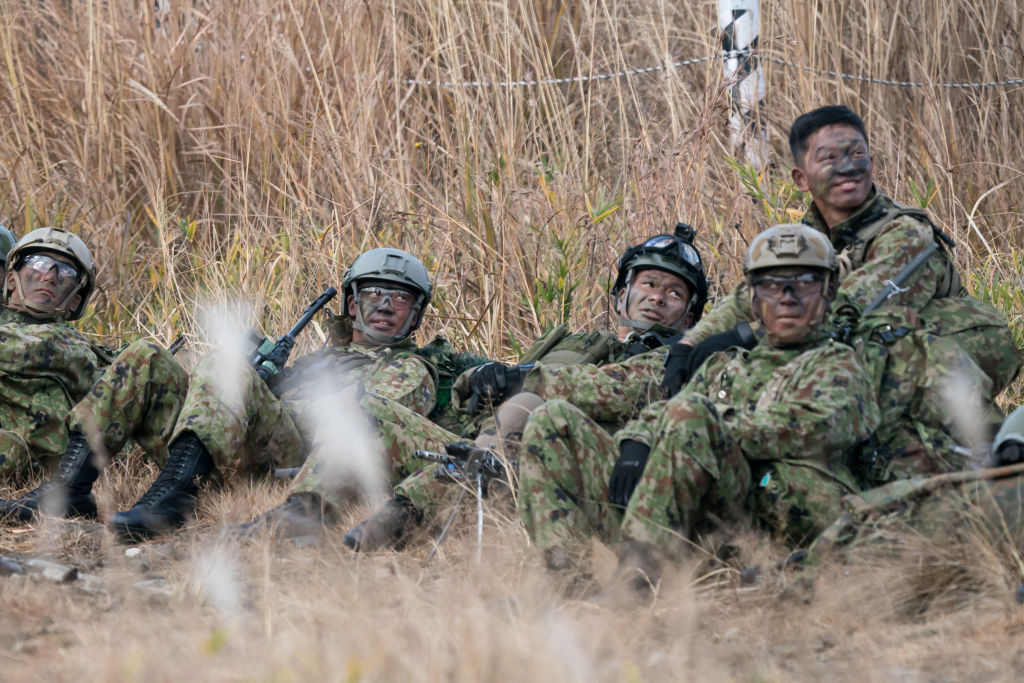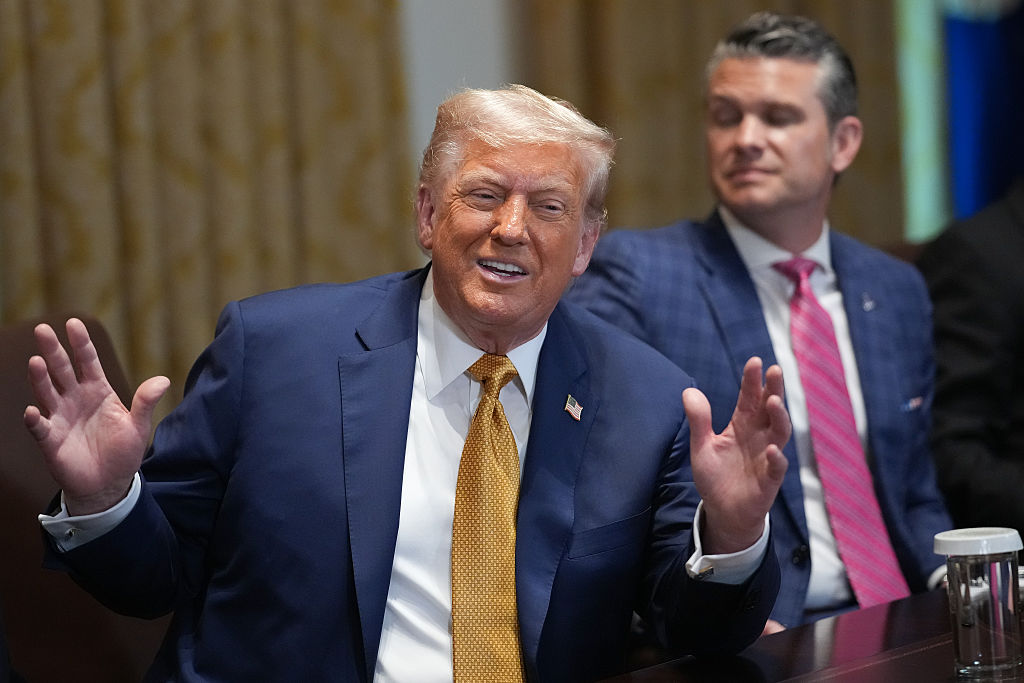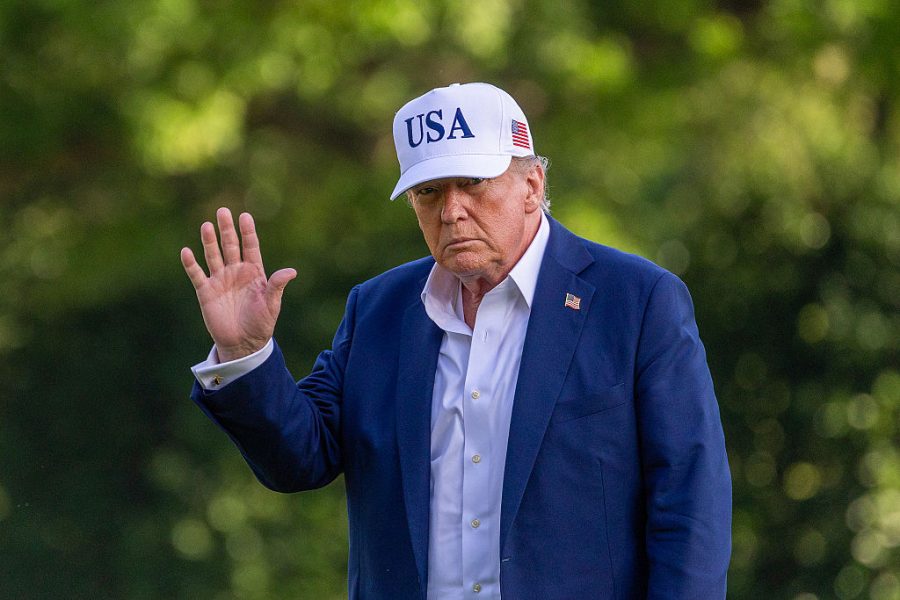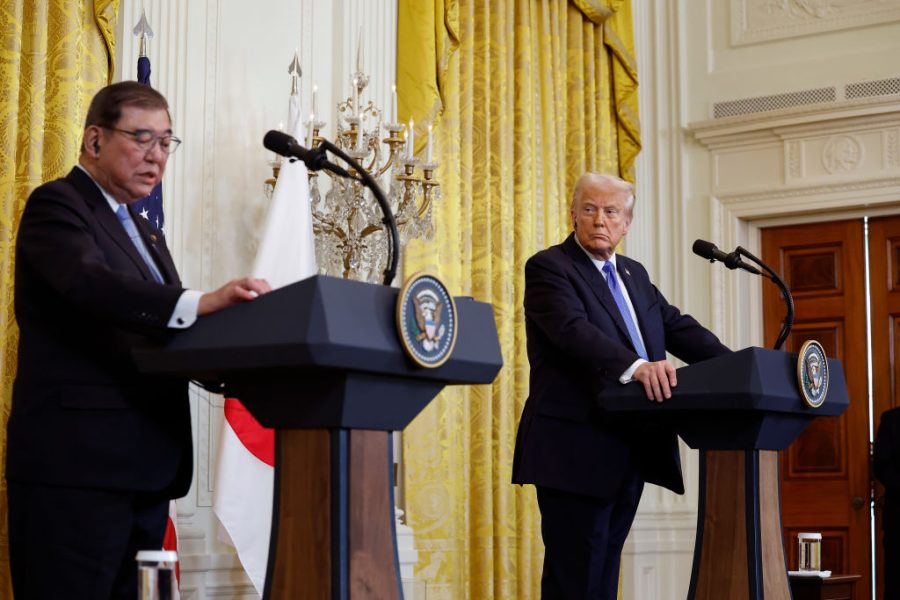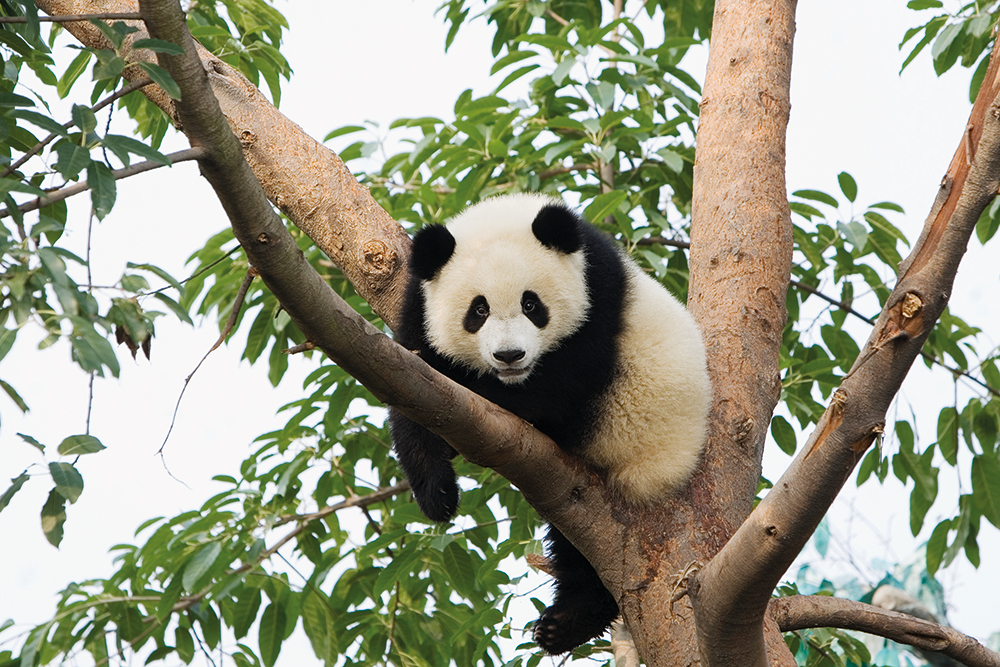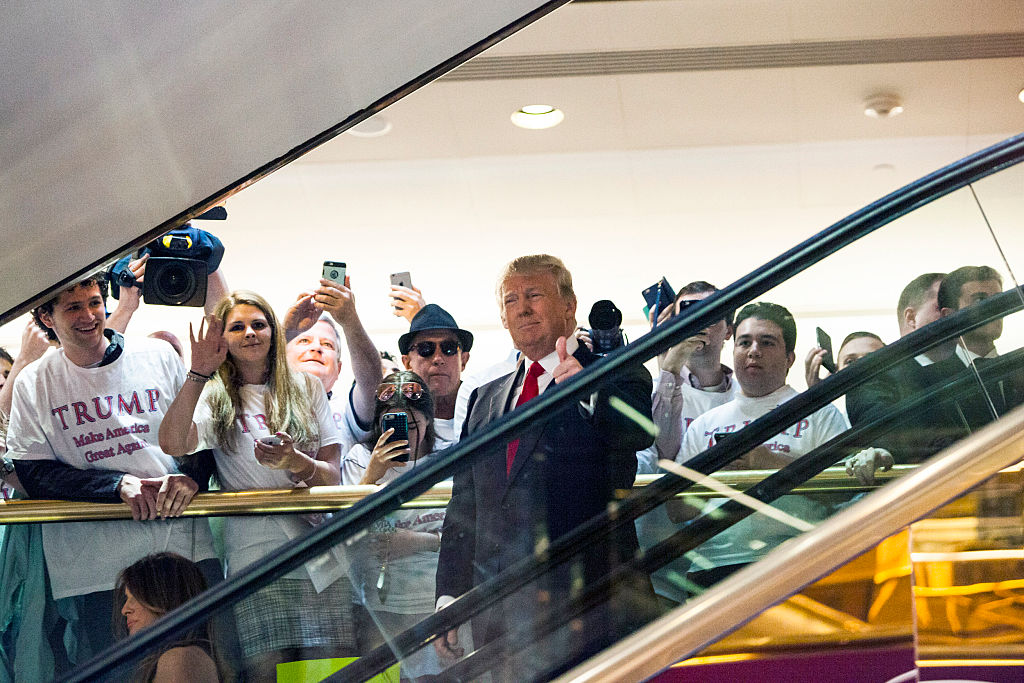You don’t need to be an Asia specialist to recognize that China is undergoing a significant military modernization campaign.
China’s leader, Xi Jinping, and the Chinese Communist Party are seeking to transform the People’s Liberation Army (PLA) into a world-class military by 2049, and complete the development of the military platforms, capabilities, enablers, and amphibious weapons systems necessary for a potential Taiwan contingency by 2027. Beijing’s defense budget rose by 139 percent between 2010 and 2020. The PLA is building hundreds of additional missile silos in the western desert, fielding hypersonic missile technology, and, according to the Pentagon, is projected to increase its nuclear weapons arsenal to 1,500 by 2035 (for comparison, the US has over 5,400 nuclear warheads).
As one would expect, China’s immediate neighbors aren’t taking these developments too kindly. While it’s a stretch to suggest East Asia is going through an arms race, other countries in the region are devoting additional resources to their military budgets in large part to counteract what many see as an attempt by Beijing to establish hegemony or at least supremacy. Japan, which has a long adversarial history with China and continues to clash with Beijing over sovereignty disputes in the East China Sea, is one of them.
Ordinarily, the words “Japan” and “defense” don’t go together. After all, Japan was on the losing side of the most destructive war in modern history, with entire cities firebombed by the US Air Force during World War II. It’s the only nation that has been on the receiving end of a nuclear weapons attack during wartime (or any other time). This horrific experience, combined with the US occupation of Japan immediately after the war, naturalized the idea within the Japanese political class that war is a terrible way of resolving disputes. Indeed, the “no war” sentimentality is right there in Japan’s Constitution: “Aspiring sincerely to an international peace based on justice and order, the Japanese people forever renounce war as a sovereign right of the nation and the threat or use of force as means of settling international disputes.”
Yet successive Japanese governments, starting with the late Prime Minister Shinzo Abe, have acknowledged that renouncing the use of force doesn’t mean burying your head in the sand amid changes to the region’s security architecture. Prime Minister Fumio Kishida has only been in office for 14 months, but reinvigorating Japan’s Self-Defense Forces is quickly becoming one of his administration’s top objectives.
This Monday, Kishida’s cabinet unveiled an ambitious plan that would spend $318 billion on defense over the next five years, a 50 percent increase over the government’s initial five-year spending blueprint. The figure, if realized, would average approximately $63 billion a year (Japan spent $54 billion on its military in 2021). Ideally, Kishida would like to bring Japan up to the NATO standard of devoting 2 percent of its GDP to defense (a standard the majority of NATO member states don’t meet).
Just as important as the money is how Japan chooses to spend it. If a country procures the wrong weapons systems, then its defense capability won’t really improve. Japan seems to recognize this basic point. The Japanese are putting a heavy focus on missile defense and increasing the quantity and quality of their offensive missiles to ensure enemy targets on land and at sea are vulnerable in the event of hostilities. Japanese media reports that Tokyo is in talks with the US to purchase a maximum of 500 Tomahawk cruise missiles, which have a range of 775 miles and would serve as a placeholder as Japan increases the range of its Type 12 surface-to-ship missile. That project is expected to conclude by 2026.
The Japanese will have to balance all of these procurement decisions with maintaining their traditional defense policy, which eschews preventive war and aggression in all its forms. This is easier said than done, and Kishida’s spending plans may spoil if his partners in the coalition government, which includes the military-wary Kumeito, believe they shift too far away from the constitution’s strict self-defense provisions. But Kishida’s efforts will be buoyed by public opinion: a poll conducted by the Asahi Shimbun in May found 64 percent support among the Japanese people for a strengthened defense capability, the first time the figure topped 60 percent since the survey started asking in 2003.
The US has been rhetorically pushing Japan, South Korea, and Europe — all of its allies, really — to put their money where their mouths are in terms of military spending. Washington should be not only emphasizing a bigger top-line in those budgets but expecting these states to take on a bigger role in their own security. Europe is failing with flying colors. Japan is doing better.



